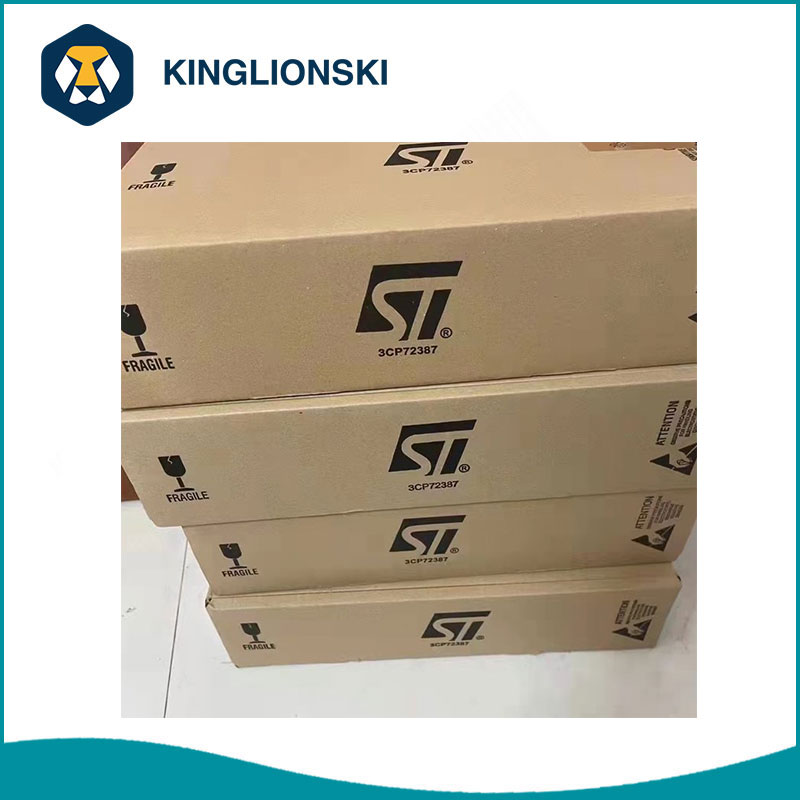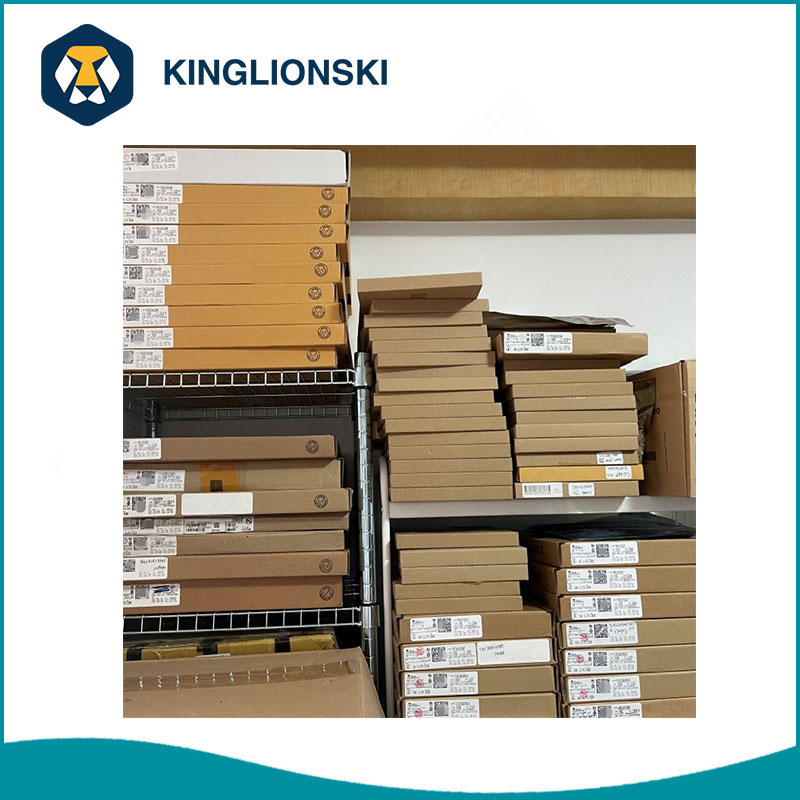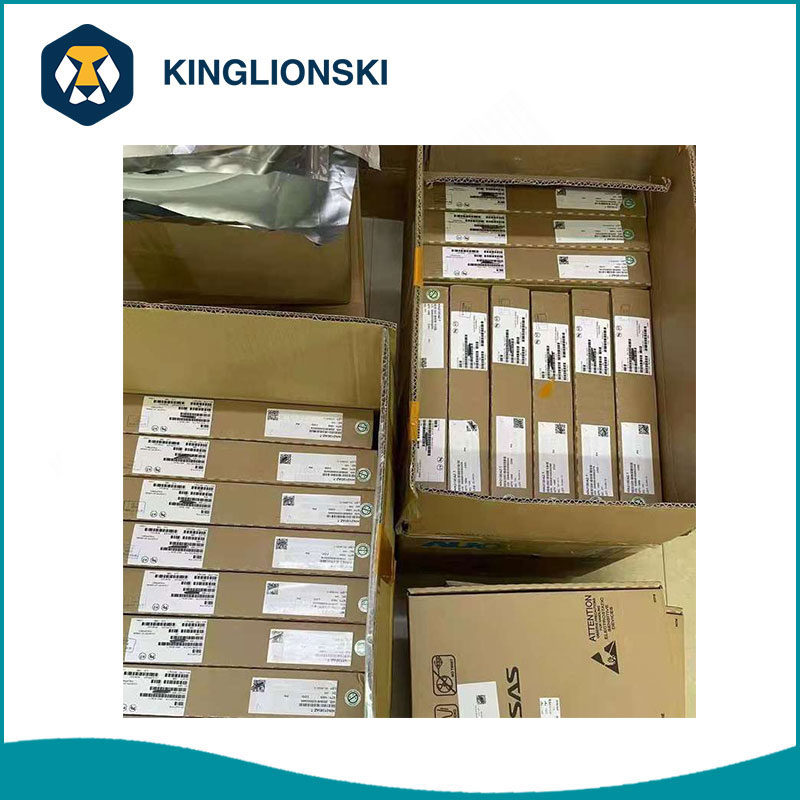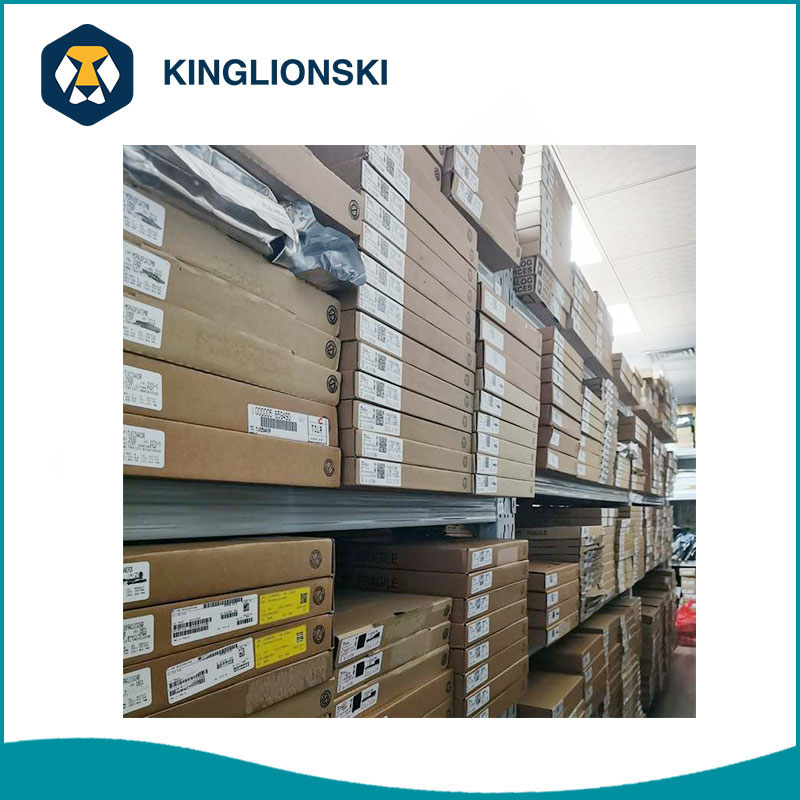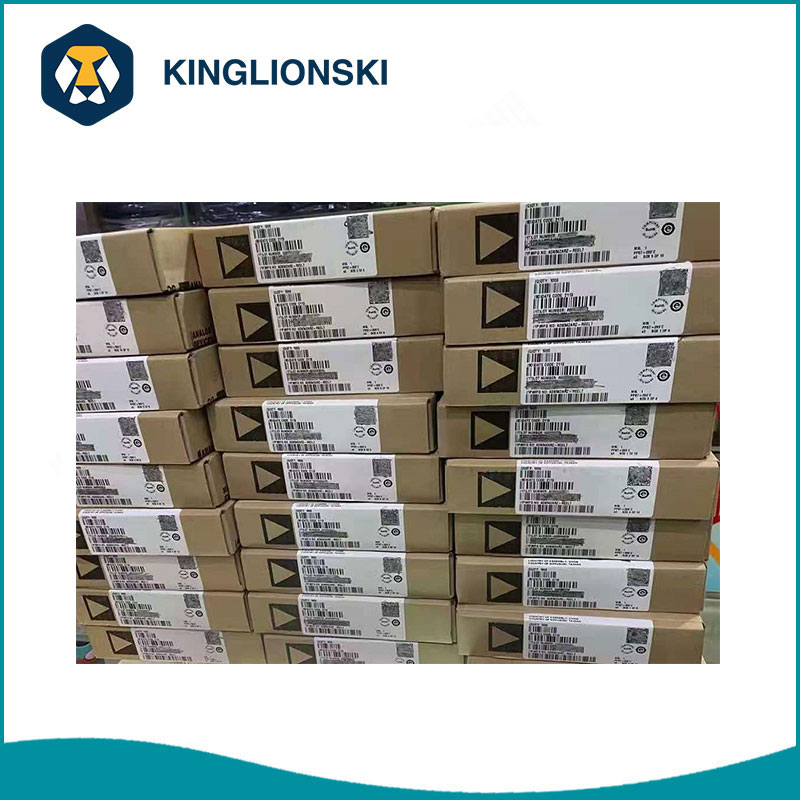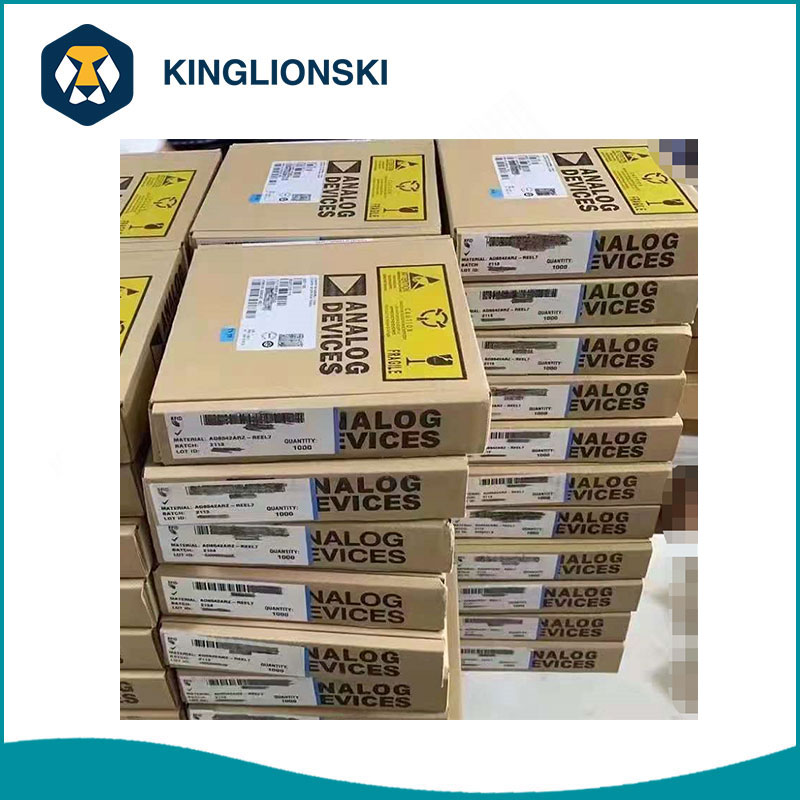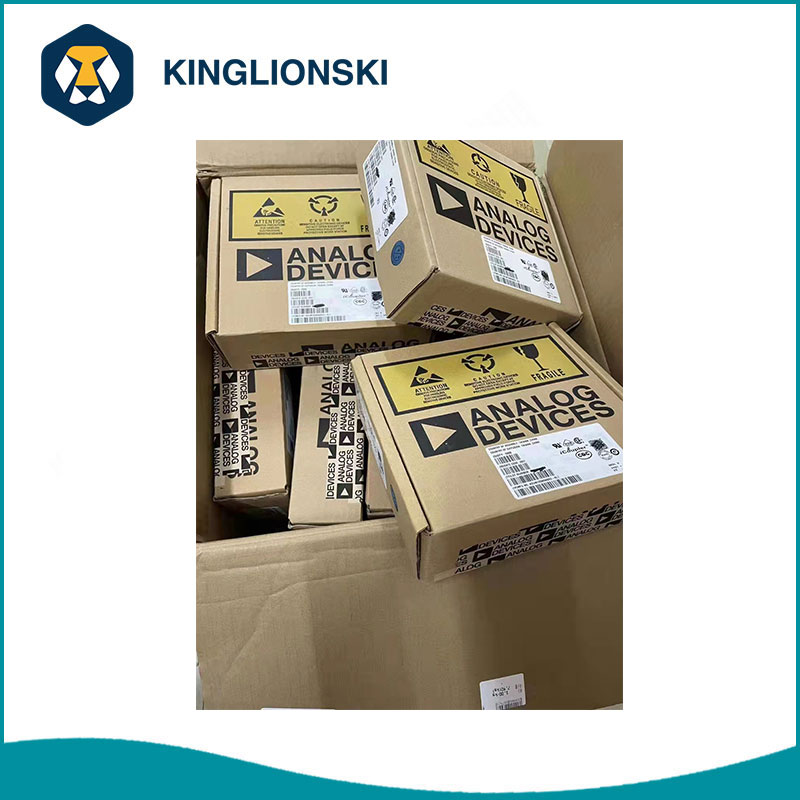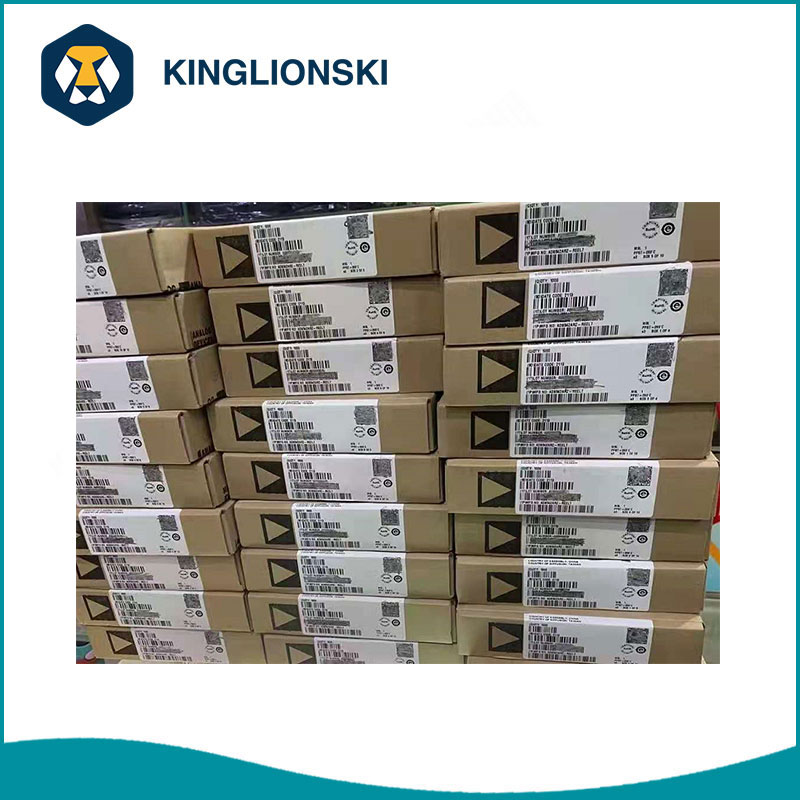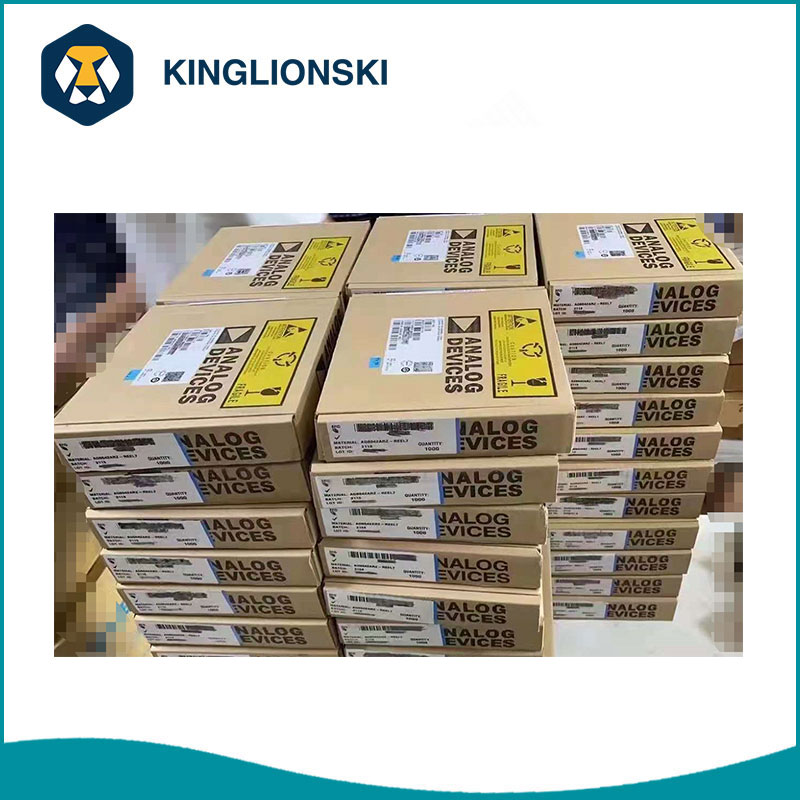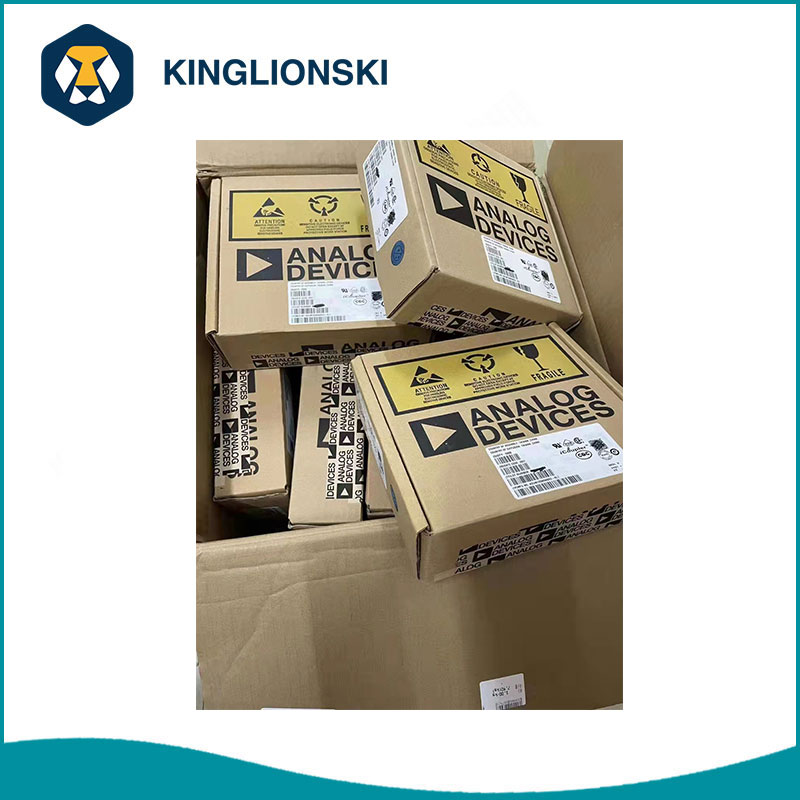- English
- Español
- Português
- русский
- Français
- 日本語
- Deutsch
- tiếng Việt
- Italiano
- Nederlands
- ภาษาไทย
- Polski
- 한국어
- Svenska
- magyar
- Malay
- বাংলা ভাষার
- Dansk
- Suomi
- हिन्दी
- Pilipino
- Türkçe
- Gaeilge
- العربية
- Indonesia
- Norsk
- تمل
- český
- ελληνικά
- український
- Javanese
- فارسی
- தமிழ்
- తెలుగు
- नेपाली
- Burmese
- български
- ລາວ
- Latine
- Қазақша
- Euskal
- Azərbaycan
- Slovenský jazyk
- Македонски
- Lietuvos
- Eesti Keel
- Română
- Slovenski
- मराठी
- Srpski језик
ATMEGA3290PA-AU Devices Electronic
Kinglionski is the Chinese agents and distributors of ADI model ATMEGA3290PA-AU Devices Electronic, focusing on the foreign trade of electronic components for 12 years. It only makes new and original packaging, with reasonable price and high quality, and serves most of the European and American markets.
Send Inquiry
Product Overview
The ATMEGA3290PA-AU Devices Electronic is a low-power CMOS 8-bit microcontroller based on the Atmel®AVR® enhanced RISC architecture. By executing powerful instructions in a single clock
cycle, the ATMEGA3290PA-AU achieves throughputs approaching 1 MIPS per MHz allowing the system designer to optimize power consumption versus processing speed.
Product Features
High performance, low power Atmel® AVR® 8-Bit Microcontroller•Advanced RISC architecture
–130 powerful instructions–most single clock cycle execution
–32×8 general purpose working registers
–Fully static operation
–Up to 16MIPS throughput at16MHz (Atmel ATmega169A/169PA/649A/649P)
–Up to 20 MIPS throughput at 20MHz (Atmel ATmega329A/329PA/3290A/3290PA/6490A/6490P)–On-chip 2-cycle multiplier
High endurance non-volatile memory segments
–In-system self-programmable flash program memory
16Kbytes (Atmel ATmega169A/ATmega169PA)
32Kbytes (Atmel ATmega329A/ATmega329PA/ATmega3290A/ATmega3290PA)•64Kbytes (Atmel ATmega649A/ATmega649P/ATmega6490A/ATmega6490P)
–EEPROM
512bytes (ATmega169A/ATmega169PA)
1Kbytes(ATmega329A/ATmega329PA/ATmega3290A/ATmega3290PA)•
2Kbytes (ATmega649A/ATmega649P/ATmega6490A/ATmega6490P)
–Internal SRAM
1Kbytes (ATmega169A/ATmega169PA)
2Kbytes(ATmega329A/ATmega329PA/ATmega3290A/ATmega3290PA)•
4Kbytes (ATmega649A/ATmega649P/ATmega6490A/ATmega6490P)
–Write/erase cyles: 10,000 flash/100,000 EEPROM
–Data retention: 20 years at 85°C/100 years at 25°C (1)
–Optional Boot Code Section with Independent Lock Bits
In-System Programming by On-chip Boot Program
True read-while-write operation
–Programming lock for software security
Atmel QTouch® library support
–Capacitive touch buttons, sliders and wheels–Atmel QTouch and QMatrix acquisition
–Up to 64 sense channels
JTAG (IEEE std. 1149.1 compliant) Interface
–Boundary-scan capabilities according to the JTAG standard
–Extensive on-chip debug support
–Programming of Flash, EEPROM, Fuses, and Lock Bits through the JTAG Interface


